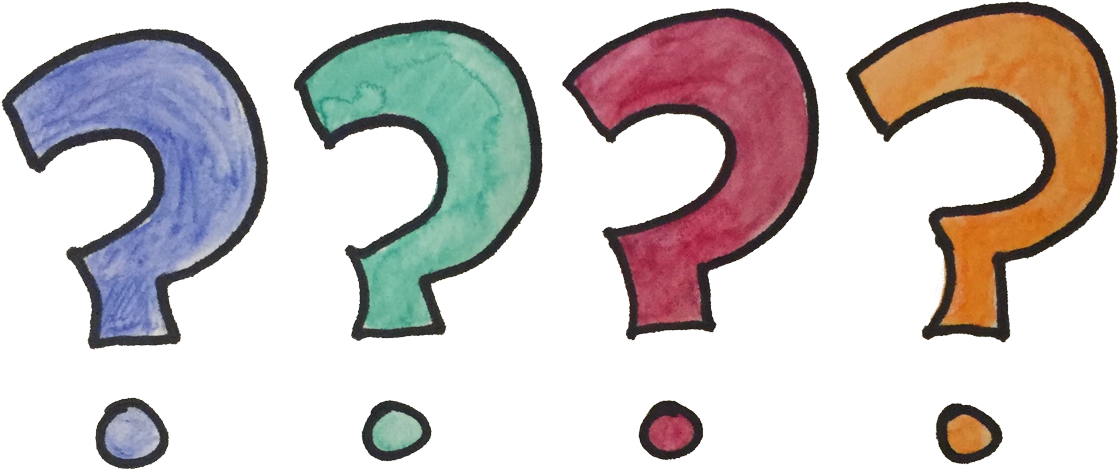As Teachers, we are primed to be the asker of questions (and many times, also the answerer of those questions!). It is easy to be the guardian of the knowledge, and our students are used to this dynamic. However, as we continue to consider and encourage deep learning, as well as true understanding, our students need to not only be able solve to problems, but also to pose problems. We want them to not only ask the questions, but also to answer them. In a middle or senior years classroom, students are used to expecting that the teachers will ask the questions, and they will answer them. In past years, we have helped our students to develop the skills to solve problems, but often these problems are ones that are posed by the teacher. Our next challenge? To help our students learn to ask the questions themselves as they engage with their learning and their curriculum, developing their creativity and critical thinking skills.
I had the opportunity to observe this process in action in Cameron Gronendijk’s Grade 8 math class at Landmark Collegiate. As part of his math program, students are engaged in the process of taking information, asking questions, and then determining what information they might need to be able to answer those questions. In his classroom, students were given this nugget of information:
It takes Mr. Groenendijk 14 minutes and 32 seconds to go from Landmark to his home town.
After being given this prompt, students were then given several minutes to simply think about and record what kinds of questions they might ask about this information — essentially, creating their own problems to answer. After discussion about this, a further piece of information was revealed:
It takes Mr. Groenendijk 14 minutes and 32 seconds to go from Landmark to his home town.
Is he speeding or going too slow?
After being given this further information, students were then engaged in asking questions to help gather the information they felt they would need in order to be able to answer the prompt given.
Through this type of activity, students are building skills that lead to critical thinking and collaboration, asking questions of themselves, each other, the information and their teacher. It encourages creativity as they think about different points of view and possibilities to explore.
If our students are going to become mathematicians, this ability to take in information. and consider it from different angles is a key component of that. As they develop this skill, they will become the driving force behind the work that happens in our classroom communities.
